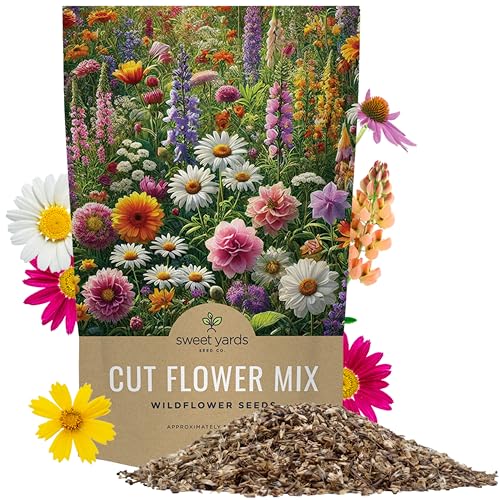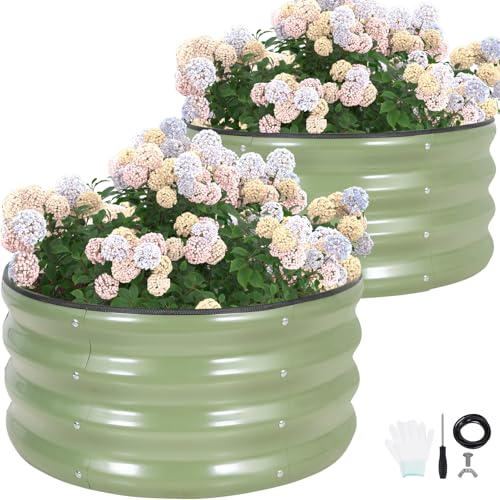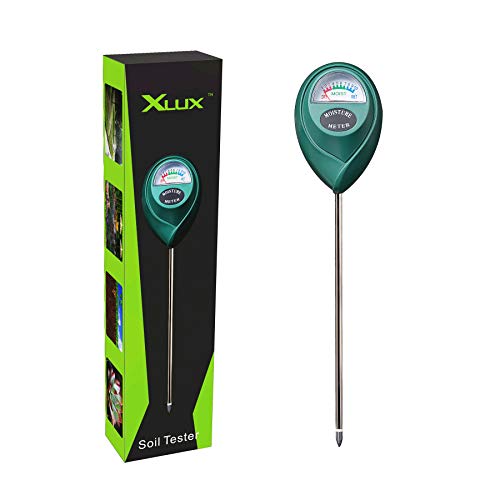Does my cut flower bed need fertilizing? Horticulture expert reveals whether feeding is a necessity for bright and abundant blooms
Find out how to get the most out of your cut flower bed
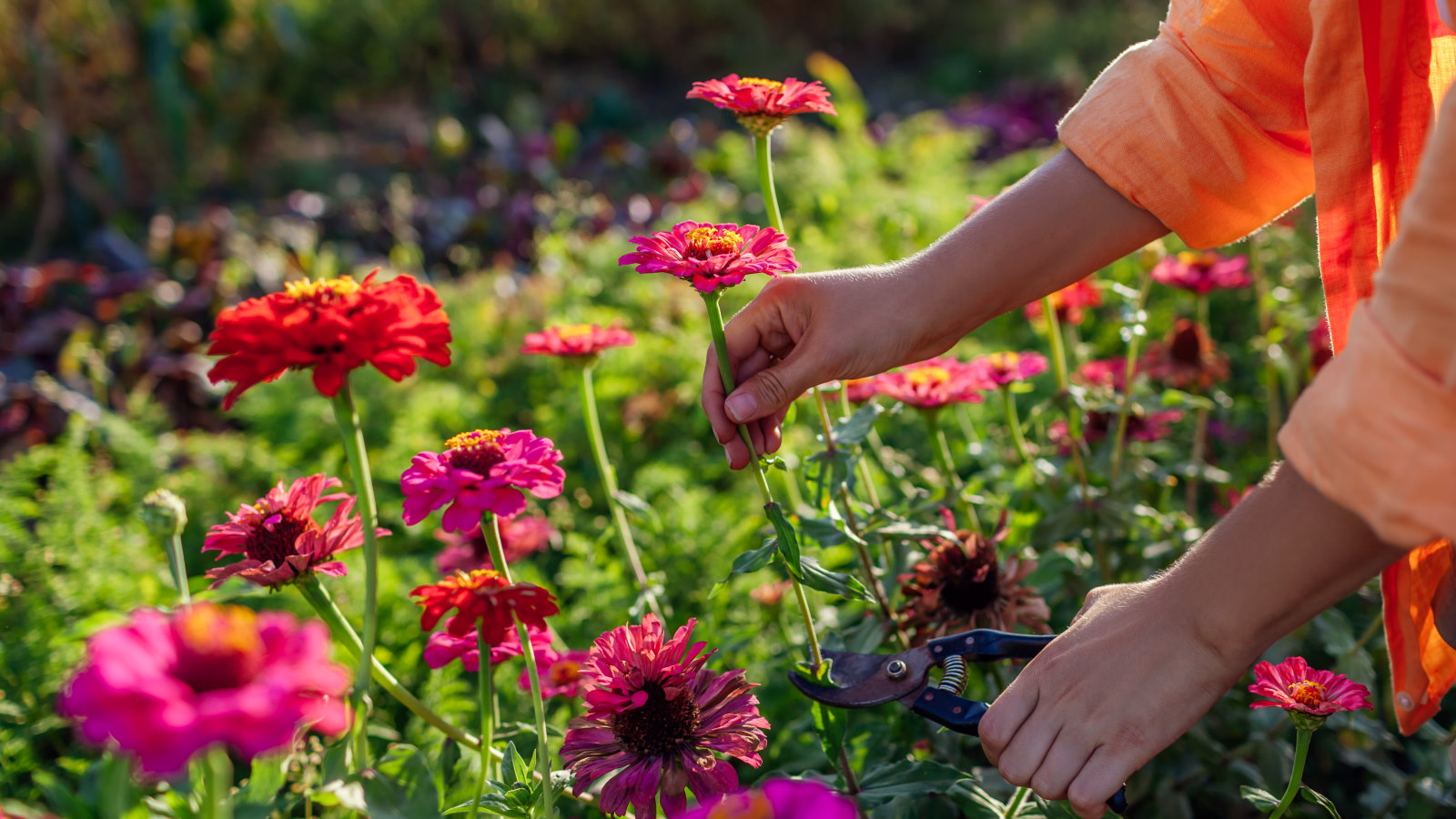

I started a raised cut flower bed in my garden earlier this spring and it's been so exciting to spot new shoots emerge from the soil. As the seedlings get bigger, I've been left wondering if my cut flower bed needs fertilizing, or if the blooms can get by without.
If you're planning a cut flower garden in your yard, you're likely also wanting to find out how best to encourage bigger and brighter blooms. Well, fertilizing can be beneficial for these plants, although it turns out it isn't always necessary.
To find out more about nurturing the best cutting garden flowers, I spoke to a horticultural expert. Here, he shares whether a cut flower bed needs to be fertilized, and tips on how to feed cut-and-come-again flowers properly.
Do cut flower beds need fertilizing?
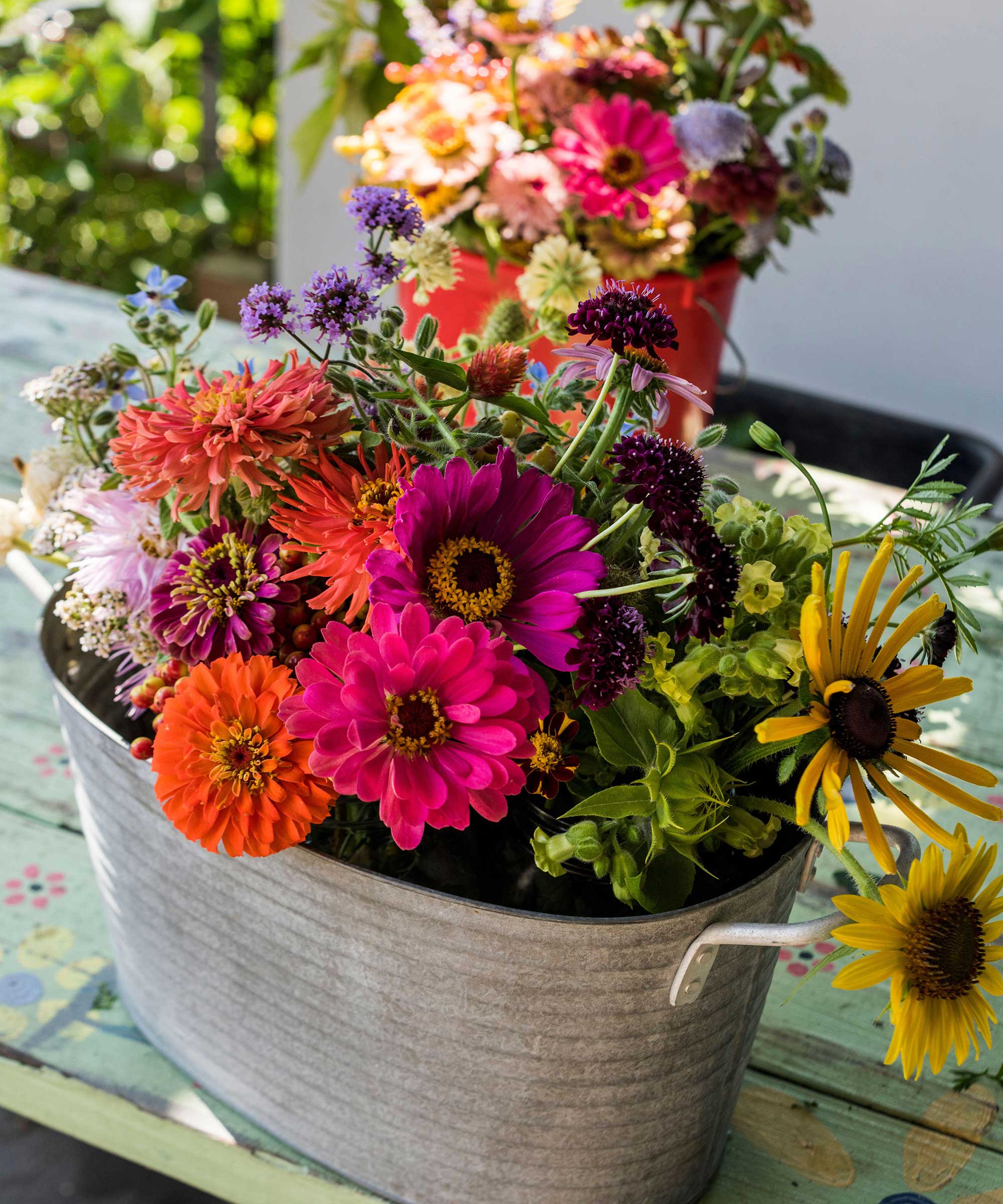
In short, no. Cutting garden flowers don't rely on being fertilized to grow well. However, many cut-and-come-again flowers will thrive best with fertilizer.
'Most cut flowers grow best with consistent feeding, especially those bred for long stems and repeated blooming,' explains horticulture expert Michael Clarke.
Fertilizing will provide cut flowers with essential plant nutrients for abundant, longer lasting blooms. In particular, flowers grown for cutting benefit from phosphorus for strong root development and flowering. Meanwhile, nitrogen aids vegetative growth and potassium supports overall health, including nutrient uptake.
'Dahlias, zinnias, roses, sunflowers, lisianthus, and snapdragons are heavy feeders and like to be fertilized heavily, while cosmos, nigella, ammi, and cornflowers, like less heavy but consistent feedings,' he adds.
Design expertise in your inbox – from inspiring decorating ideas and beautiful celebrity homes to practical gardening advice and shopping round-ups.
Without fertilizer, you're still likely to get some blooms from cut flowers. However, repeat blooms are less likely and your flowers may not last as long.

Michael Clarke is the founder of Yardwork and Pulled, the online platforms for everything home and garden. He has a degree in landscape architecture and horticulture from the University of California Davis. He was previously the founder of a landscape development and maintenance company.
How to fertilize cutting garden flowers
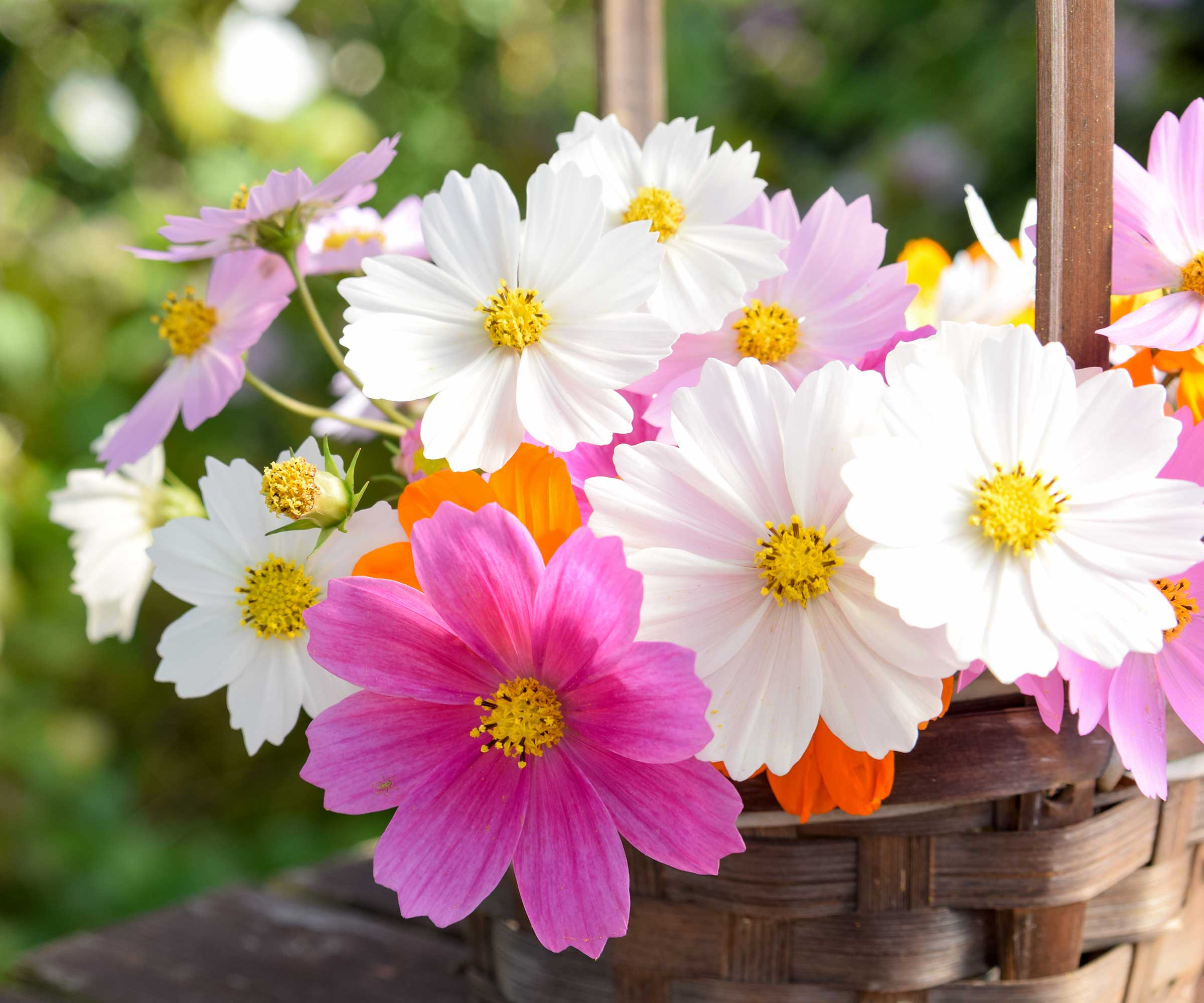
Having discovered your cut flower bed needs fertilizing to promote more blooms, you might be also wondering what the best fertilizer for flowers is to use.
'Generally speaking, a balanced slow release fertilizer (like this 10-10-10 all purpose fertilizer from Amazon) is best during the early stages of growth,' Michael says.
This will provide young plants with a gradual supply of nutrients to support early growth.
'A low nitrogen, higher phosphorus fertilizer (like this bloom booster from Amazon) is good to feed once plants start budding, which will support blooms, not just foliage,' Michael adds.
'Liquid seaweed (fertilizer from Amazon) or fish emulsion is good for regular feeding in between the other growth stage feedings,' he also suggests. Both provide an organic source of a wide range of nutrients for flowering plants.
Of course, it's important to research the specific needs of the cut flowers you're growing to avoid fertilizing mistakes, like getting the frequency wrong. But, a cut flower bed needs fertilizing much the same as fertilizing regular flower beds:
'Feed every two or three weeks during the growing season with a liquid fertilizer,' Michael advises.
FAQs
Do cutting garden flowers like coffee grounds?
Just like coffee ground fertilizer for houseplants, coffee grounds can be beneficial to many popular cutting flowers. However, only when used correctly.
'Coffee grounds are mildly acidic and high in nitrogen so they should be used sparingly as a mulch or added to compost for planting,' suggests horticulture expert Michael Clarke.
'Overuse can encourage fungal issues. Alternative organic feeds include bone meal (from Amazon) and fish emulsion (from Amazon),' he suggests.
I can't wait to see how fertilizer helps my cut flower bed this year. They're such a beautiful addition to have in the yard, extending the joy of the garden by later displaying them in a vase indoors. The good news is there are even cut flowers for hayfever sufferers to grow and enjoy.
Shop cut flower growing essentials

Tenielle is a Gardens Content Editor at Homes & Gardens. She holds a qualification in MA Magazine Journalism and has over six years of journalistic experience. Before coming to Homes & Gardens, Tenielle was in the editorial department at the Royal Horticultural Society and worked on The Garden magazine. As our in-house houseplant expert, Tenielle writes on a range of solutions to houseplant problems, as well as other 'how to' guides, inspiring garden projects, and the latest gardening news. When she isn't writing, Tenielle can be found propagating her ever-growing collection of indoor plants, helping others overcome common houseplant pests and diseases, volunteering at a local gardening club, and attending gardening workshops, like a composting masterclass.
You must confirm your public display name before commenting
Please logout and then login again, you will then be prompted to enter your display name.
